10 Reasons To Choose USCB:
Here's How We're Unique
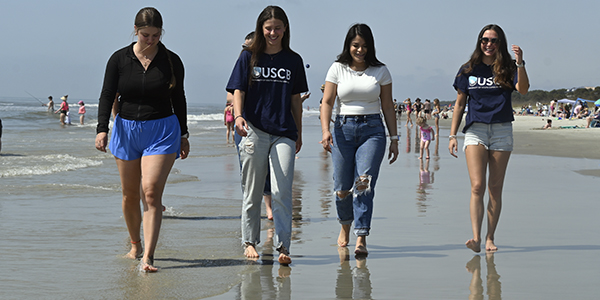
1. Personalized Attention
2. Location – Study at the Beach
Enjoy a relaxed coastal lifestyle at USCB, near picturesque salt marshes and the sparkling
Atlantic Ocean in the South Carolina Lowcountry. Enjoy the beach in your free time.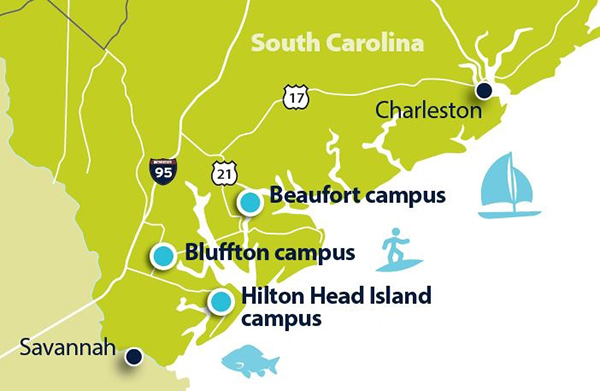
3. Athletics
The USCB Sand Sharks compete in the NCAA Division II Peach Belt Conference: women's and men's basketball, baseball, softball, and men’s and women’s golf, cross country, indoor and outdoor track and field, and women's soccer.
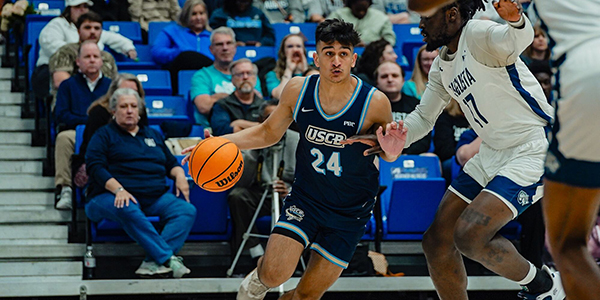
4. Affordable and Accessible
As one of the most affordable four-year universities in South Carolina, you will get
a high-quality education at a great value. About 85% of our students receive financial
aid. Many part-time jobs are available on or near our three campuses.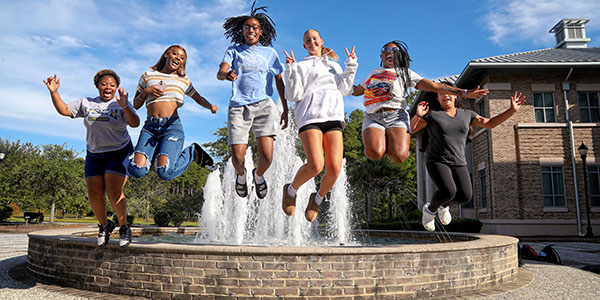
5. Internships and More Real-World Experiences
6. Research
As a USCB undergraduate, you can be involved in ongoing research in marine biology, history, archeology, psychology, public health and more. From recording dolphins and studying sea turtles to drug discovery for new medical treatments, USCB students collaborate with leaders in their academic fields.
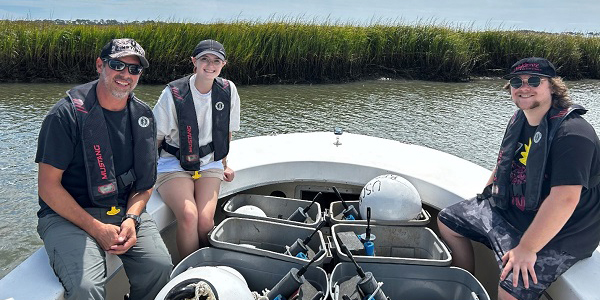
7. Diversity
About a third of our students are from underrepresented and underserved populations and many are the first in their families to attend college. Learn from those whose experiences, beliefs, and perspectives are different from your own in a richly diverse intellectual and social environment.
8. Entire Campus for Hospitality Management
On our Hilton Head Island campus, USCB students study, work and intern in hotel, resort, tourism, and event management in a world-class destination that attracts more than 2 million visitors a year.
9. Outstanding Leadership
Led by Chancelor Al Panu, USCB ‘s faculty and staff are outstanding scholars, authors, researchers, experts and mentors who are waiting to get to know you.
10. Study Abroad/Travel Study
Opportunities abound to experience the world and learn from its many cultures, including Spain, Nepal, France, the Bahamas and the Lakota Nation.
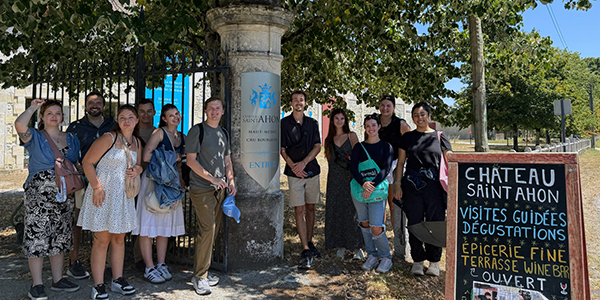
Contact the Office of Admissions
Mailing Address:
University of South Carolina Beaufort
Office of Admissions
One University Boulevard
Bluffton, SC 29909
Phone (843) 208-8055
Fax (843) 208-8290
Email admissions@uscb.edu
admissions staff